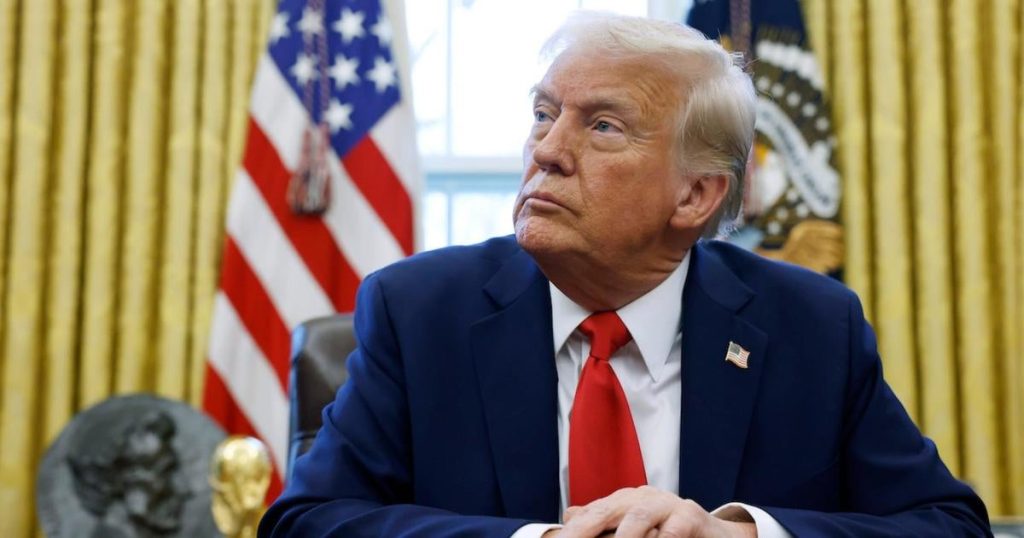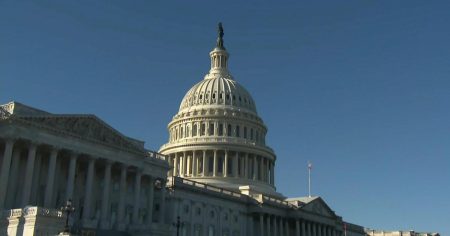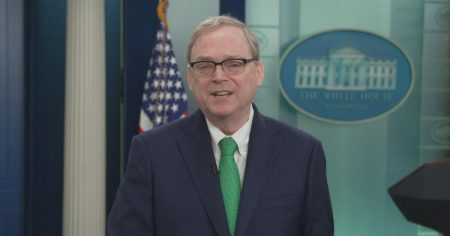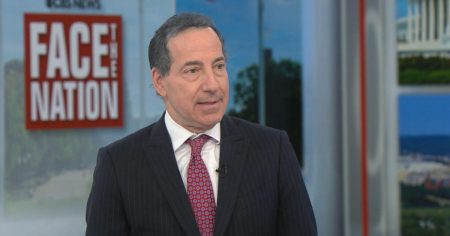Trump’s Proposed Buyout Plan for Federal Workers in Limbo
Introduction: A Plan in Uncertain Waters
The federal workforce is once again at the center of a evolving political landscape as President Trump’s proposed buyout plan for federal workers hangs in the balance. This initiative, aimed at streamlining government operations, has sparked both interest and concern among federal employees and legal experts alike. With the plan currently stalled in legal proceedings, its fate remains uncertain, leaving many to ponder its implications should it move forward.
Understanding the Plan: Streamlining Government Operations
President Trump’s buyout plan, part of a broader effort to reshape the federal bureaucracy, offers financial incentives to encourage federal workers to resign voluntarily. The idea is to reduce the size of the federal workforce, which the administration argues would enhance efficiency and reduce costs. Proponents of the plan believe it could lead to a more agile government, better equipped to meet modern challenges. However, critics warn that such a reduction could weaken critical public services and disrupt government functions.
Legal Hurdles: A Judge’s Dilemma
The plan’s progress is currently halted as a federal judge considers whether to extend a pause on its implementation. Legal challenges have arisen over concerns that the plan might unfairly target certain groups or violate federal employment laws. The judge must weigh the administration’s goals against the potential impact on workers’ rights. This legal limbo adds a layer of complexity, highlighting the delicate balance between executive authority and judicial oversight.
Impact on Federal Workers: Anxiety and Uncertainty
Federal employees are facing heightened anxiety as the plan’s future remains unresolved. Many are concerned about job security and the potential disruption to their careers. While some might view the buyout as an opportunity, others fear it could lead to forced layoffs or a brain drain of experienced workers. The uncertainty is exacerbating stress levels, as employees await clarity on whether they will be affected and how.
Reactions from Stakeholders: Diverse Perspectives
The buyout plan has elicited a range of reactions from various stakeholders. Supporters, including some Republican lawmakers, argue that reducing the federal workforce will lead to cost savings and a more efficient government. Conversely, Democratic leaders and union representatives are vocal in their opposition, asserting that the plan undermines public services and employee rights. As the debate continues, these differing perspectives highlight the plan’s contentious nature and the challenges ahead.
Conclusion: The Path Forward
In conclusion, the fate of Trump’s buyout plan remains uncertain, suspended in a legal and political tug-of-war. As the judge deliberates, federal workers and stakeholders await the outcome with bated breath. While the plan aims to streamline government operations, its potential impact on employees and public services cannot be overlooked. The eventual decision will set a precedent, influencing the balance of power between the executive branch and the judiciary, and shaping the future of the federal workforce. Thecoming weeks will be crucial in determining whether the plan moves forward, is halted permanently, or is modified to address the legal and ethical concerns raised.












